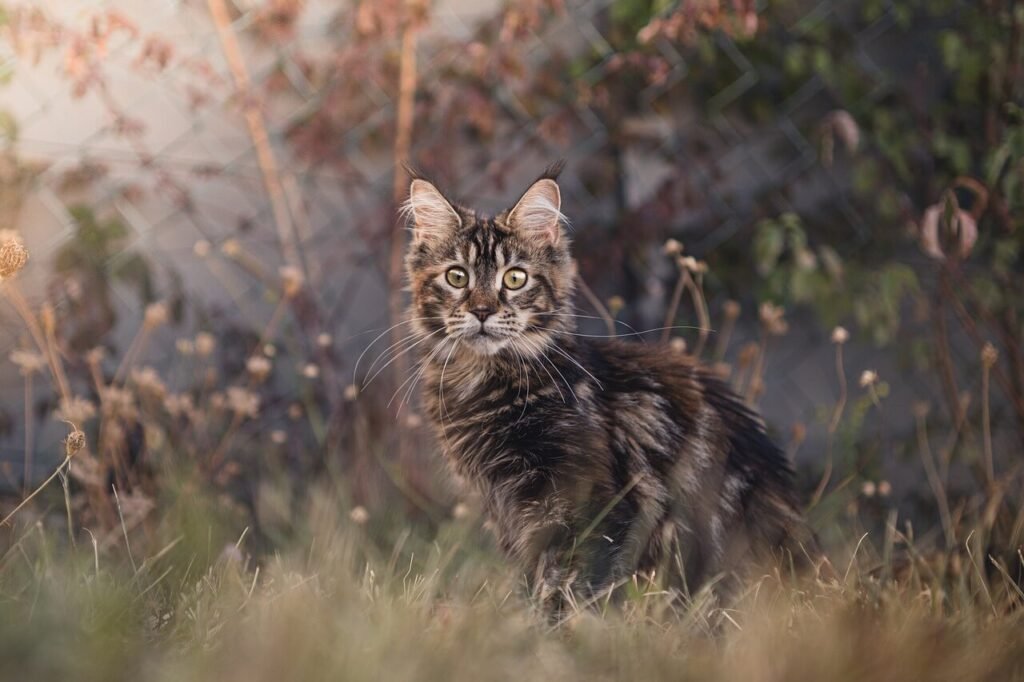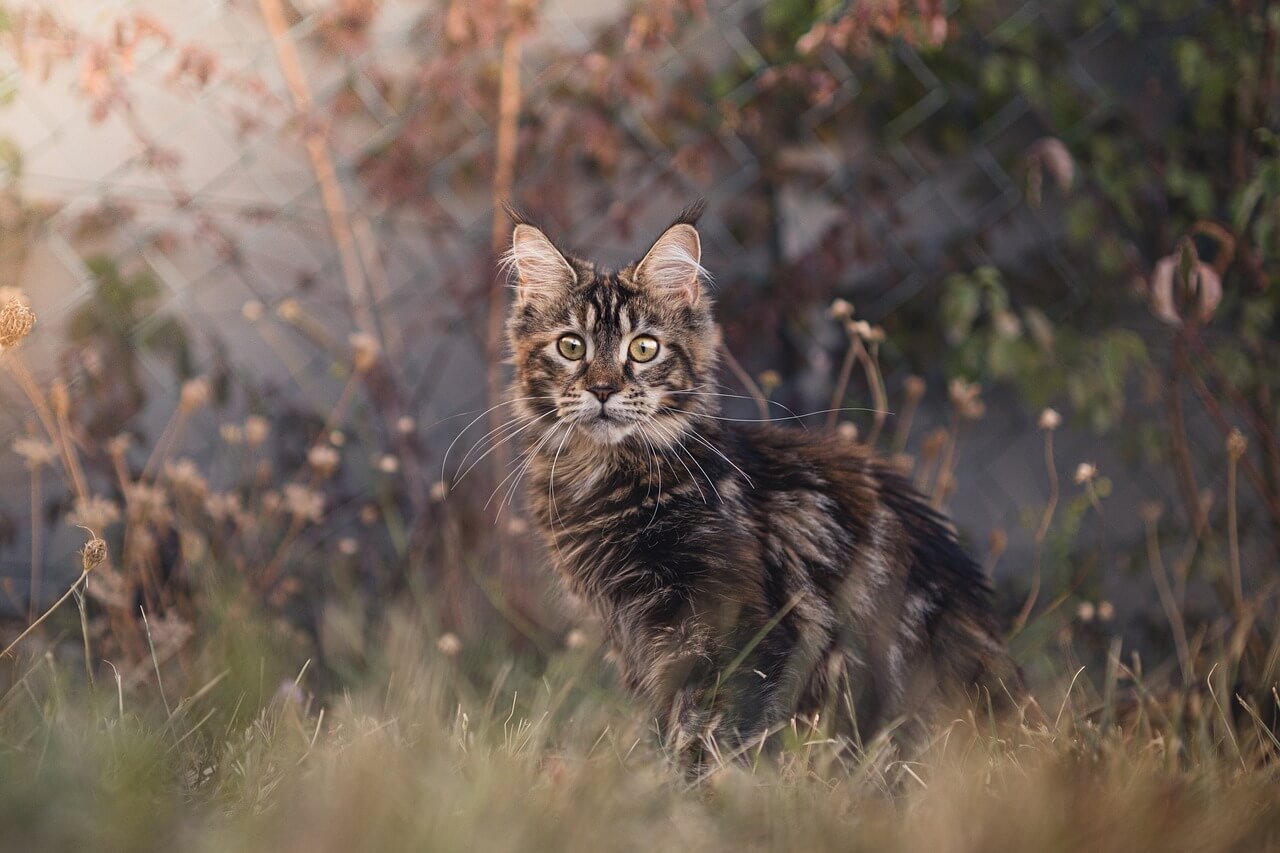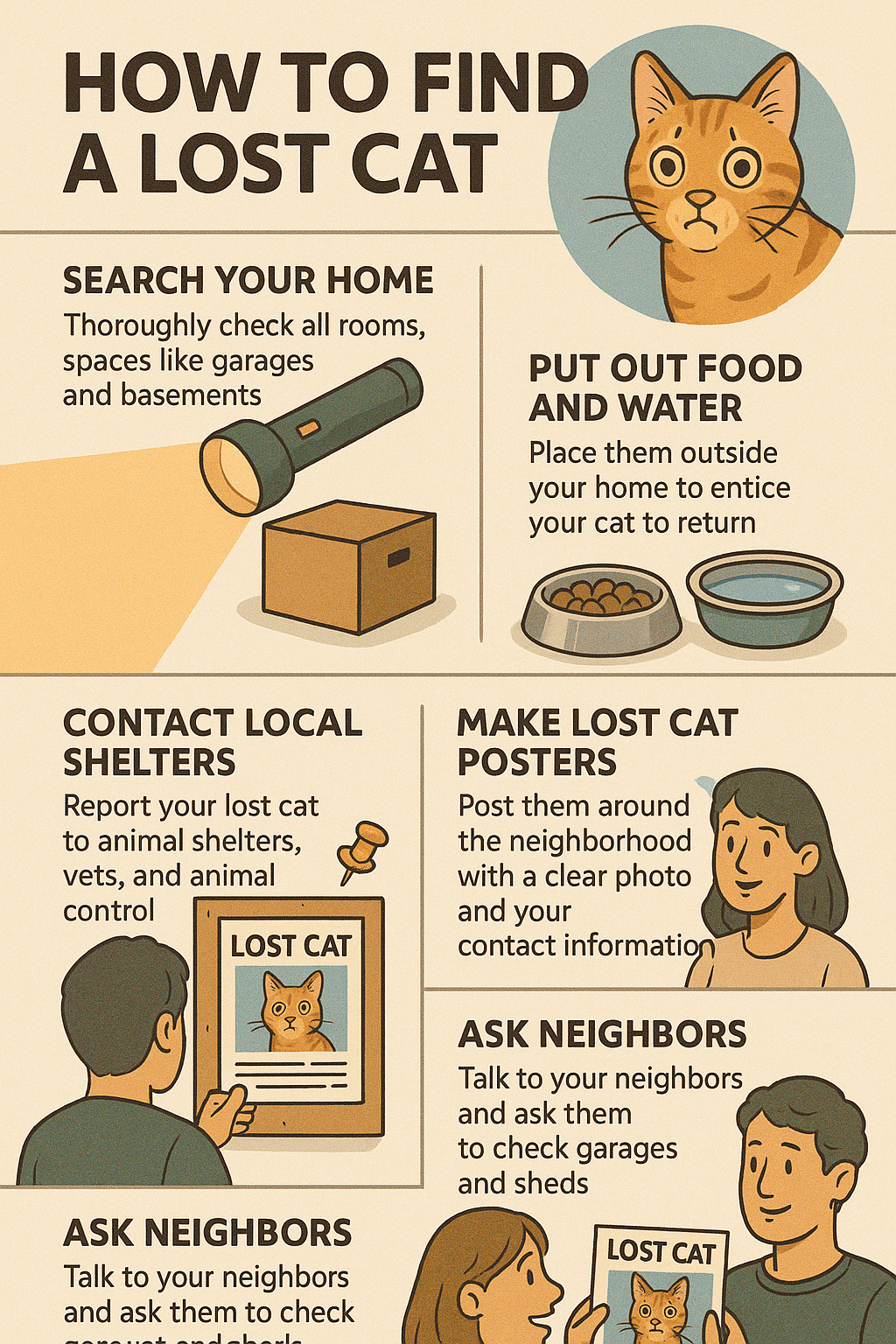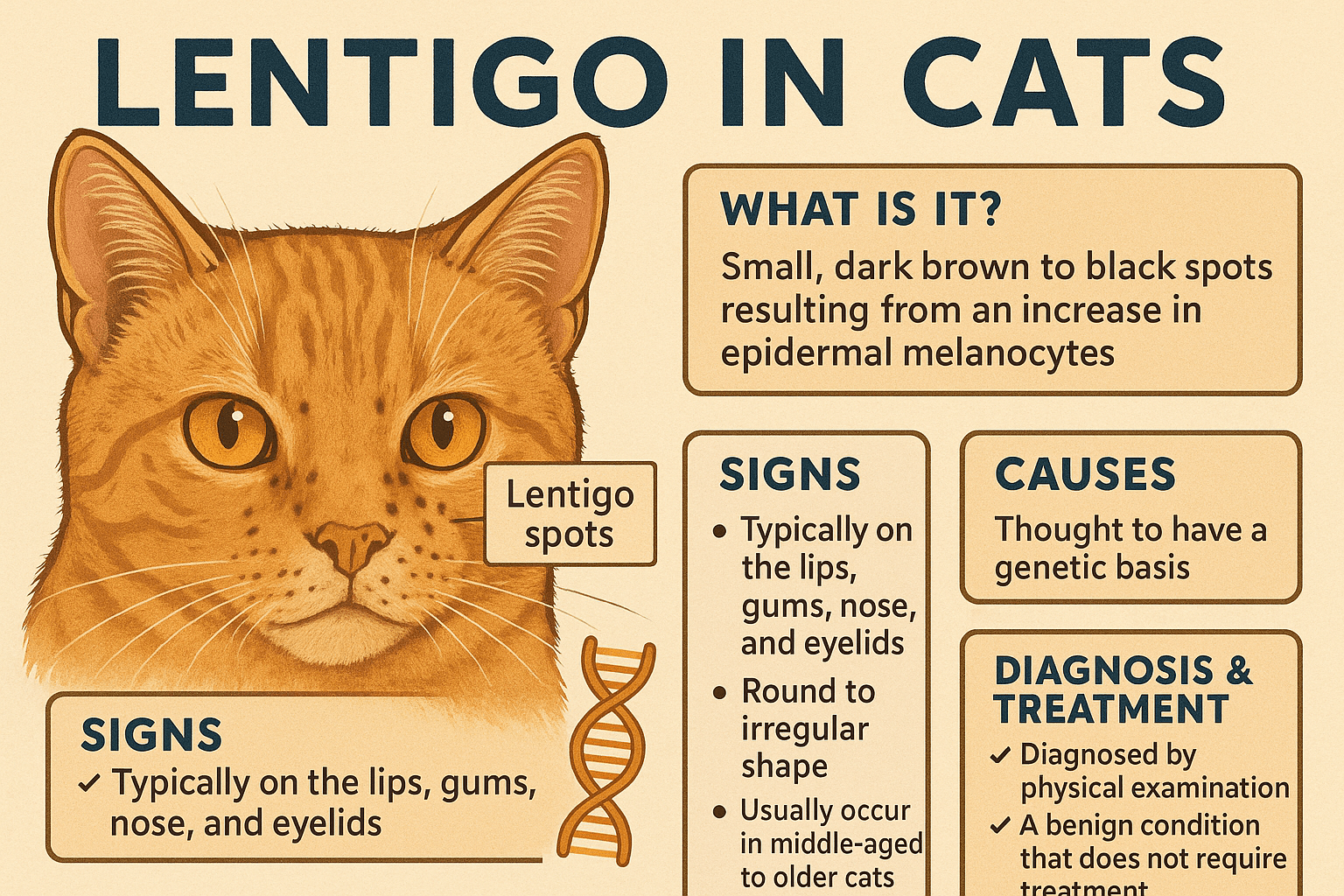How Long Can an Indoor Cat Survive Outside? Understanding the Risks
Indoor cats are beloved companions, accustomed to the safety and comfort of home. However, accidents happen—doors are left open, windows are left ajar, or a curious cat slips outside unnoticed. For many pet owners, the thought of their indoor cat being stranded outdoors is terrifying. While some cats may adapt quickly, others face significant dangers in unfamiliar environments. The question remains: how long can an indoor cat survive outside? In this article, we’ll explore the factors that influence their survival, the risks they face, and steps you can take to protect your feline friend if they ever find themselves in the great outdoors.
What Determines How Long an Indoor Cat Can Survive Outside?
The ability of an indoor cat to survive outdoors depends on several key factors. These include their physical health, environmental conditions, and inherent instincts. Understanding these variables can help you assess the situation and respond effectively.
Physical Health :
A healthy, well-fed cat has better chances of enduring outdoor challenges compared to one with underlying health issues.Weather Conditions :
Extreme temperatures, rain, or snow can severely impact a cat’s ability to survive for extended periods.Access to Food and Water :
Without access to regular meals, an indoor cat may struggle to find sustenance, especially if they’re not skilled hunters.Exposure to Predators :
Urban areas may have fewer natural predators, but stray dogs or larger animals pose significant threats.Traffic Hazards :
Cats unfamiliar with roads are at high risk of accidents in busy neighborhoods.
Each factor plays a critical role in determining how long an indoor cat can endure outside. Early intervention is crucial to ensure their safe return.
Dangers Lurking Beyond the Doorstep: What Threatens Your Cat?
When an indoor cat ventures outside, they encounter numerous risks that could jeopardize their safety. Even short-term exposure can lead to serious consequences. Here are some of the most immediate threats:
Starvation and Dehydration :
Without familiar food sources, cats may quickly become weak and dehydrated.Injuries from Falls or Accidents :
Cats exploring rooftops, fences, or busy streets may suffer injuries from falls or collisions.Encounters with Stray Animals :
Aggressive strays or territorial wildlife can attack or intimidate your cat.Parasites and Diseases :
Outdoor environments expose cats to fleas, ticks, and infectious diseases like feline leukemia.Getting Lost or Trapped :
Disoriented cats may wander far from home or get stuck in sheds, garages, or storm drains.
These risks highlight why it’s essential to act quickly if your indoor cat goes missing. Prevention and preparedness can make all the difference.
Check this guide 👉How Does an Indoor Cat Get Worms? Best 7 Expert Tips!
Check this guide 👉Indoor vs Outdoor Cat Lifespan: Best 7 Health Tips!
Check this guide 👉Can an Outdoor Cat Become an Indoor Cat? Best 7 Tips!

Risks Indoors Cats Face Outside | Ways to Mitigate These Risks |
|---|---|
Starvation and dehydration | Keep fresh water and food available near exits |
Traffic accidents | Supervise outdoor time or use enclosed spaces |
Encounters with predators | Install motion-activated lights or deterrents |
Parasites and diseases | Ensure vaccinations and parasite prevention are up-to-date |
Getting lost or trapped | Microchip your cat and attach ID tags to collars |
Recognizing Trouble: Indicators Your Cat Is in Distress
If your indoor cat has been outside for some time, certain signs may indicate they’re struggling to cope. Being aware of these red flags can help you locate them faster and provide assistance.
Weight Loss or Visible Emaciation :
A lack of access to food will cause rapid weight loss over days or weeks.Matted or Dirty Fur :
Poor grooming habits due to stress or illness may result in unkempt fur.Lethargy or Weakness :
Cats who appear unusually tired or unresponsive may be malnourished or injured.Scratches or Wounds :
Evidence of fights with other animals or accidents should be addressed immediately.Fearful Behavior :
Hiding excessively or acting skittish suggests trauma or discomfort.
Spotting these signs early allows you to intervene before the situation worsens. Always prioritize your cat’s health and safety.
What to Do When Your Indoor Cat Escapes: A Step-by-Step Guide
Finding a lost indoor cat requires quick action and strategic planning. Follow these steps to maximize your chances of bringing your furry friend back home safely.
Search Nearby Areas Immediately :
Start by thoroughly checking your yard, neighborhood, and nearby hiding spots.Call Their Name Loudly :
Use familiar sounds or shake their treat bag to attract their attention.Notify Neighbors and Post Flyers :
Inform people in your area and distribute flyers with your cat’s photo and description.Contact Local Shelters and Veterinarians :
File a missing pet report and inquire about any found cats matching your description.Use Technology :
Leverage social media groups, online forums, and GPS tracking devices if applicable.
Acting swiftly increases the likelihood of reuniting with your cat. Stay persistent and hopeful throughout the search process.
What Not to Do: Pitfalls That Can Hinder Your Search Efforts
When your indoor cat goes missing, it’s easy to make mistakes in the heat of the moment. However, avoiding these common errors can significantly improve your chances of finding your feline friend quickly and safely. Here are some pitfalls to steer clear of:
Waiting Too Long to Start the Search :
Delaying action reduces the likelihood of finding your cat before they wander further or encounter danger.Assuming They’ll Come Back on Their Own :
Many cats hide nearby but won’t return home without encouragement or assistance.Ignoring Quiet or Hidden Spaces :
Cats often seek shelter in small, inconspicuous spots like under decks or inside vehicles.Failing to Use Social Media Effectively :
Posting vague descriptions or outdated photos can limit community engagement.Not Following Up with Shelters Regularly :
Shelters may not always identify or notify you about found cats unless you stay proactive.
By avoiding these mistakes, you can streamline your search efforts and increase the chances of bringing your cat back home safely. Time and persistence are key.
Preventive Measures: Equipping Your Cat for the Unexpected
Even if your cat is strictly indoors, preparing them for potential outdoor encounters can save their life in case of an accidental escape. Taking these preventive steps ensures they’re better equipped to handle the unknown.
Microchip Your Cat :
A microchip provides permanent identification, even if their collar comes off.Attach a Breakaway Collar with ID Tags :
Include your contact information to help neighbors or shelters identify your cat.Train Them to Respond to Commands :
Teaching recall commands like “come” can help guide them back home.Introduce Them to a Harness Safely :
Gradual exposure to a harness can prepare them for supervised outdoor time.Keep Vaccinations Up-to-Date :
Protecting against diseases ensures they’re safer if exposed to other animals.
These preparations not only enhance your cat’s safety but also give you peace of mind knowing they’re ready for unforeseen circumstances. Prevention is always better than panic.
Hidden in Plain Sight: Clues That Your Cat Is Close By
When searching for a lost indoor cat, remember that they often hide in plain sight rather than traveling far. Look for subtle signs that indicate your cat might be nearby, even if they’re not visible.
Food Disappearing From Outdoor Bowls :
Missing food suggests your cat has been sneaking back for meals.Disturbed Soil or Plants :
Fresh digging or flattened grass may signal where your cat has taken shelter.Unusual Noises at Night :
Listen for meowing, rustling leaves, or scratching sounds after dark.Paw Prints or Fur Traces :
Check muddy areas or fences for tiny paw prints or stray fur.Other Animals Acting Strangely :
Birds chirping loudly or dogs barking incessantly may have spotted your cat.
These clues can guide your search and help you pinpoint your cat’s location. Stay observant and trust that your bond will lead you to them.
Frequently Asked Questions About Indoor Cats Outside
How long can an indoor cat survive without food or water?
Cats can typically last 3–5 days without water but may succumb to starvation within a week.
Should I let my indoor cat explore outside occasionally?
It’s safer to supervise outdoor time using enclosures or harnesses to minimize risks.
What should I do if my cat comes back dirty or injured?
Clean minor wounds gently and consult a veterinarian for anything severe.
Can microchipping really help recover a lost cat?
Yes, microchipping significantly improves the odds of identifying and returning lost pets.
Are indoor cats more vulnerable than outdoor cats?
Yes, indoor cats lack survival skills and are more susceptible to outdoor hazards.
Final Thoughts: Keeping Your Indoor Cat Safe
While indoor cats are generally safer indoors, accidental escapes can happen, leaving them exposed to numerous dangers. Understanding how long an indoor cat can survive outside—and what influences their chances—empowers you to take proactive measures. By preparing for emergencies, mitigating risks, and acting swiftly if your cat goes missing, you can increase the likelihood of a happy reunion. Remember, prevention is always better than cure. With love, vigilance, and proper precautions, you can ensure your feline companion stays safe, healthy, and content in the comfort of your home.
How to Find a Lost Cat: Best 7 Expert Tips! Discover actionable strategies to locate your missing cat, understand their behavior, and prevent future escapes with expert advice.
Is Dieffenbachia Toxic to Cats? Best 7 Expert Tips! Discover the dangers of Dieffenbachia, symptoms of poisoning, and how to keep your cat safe with expert advice and preventive measures.
Lentigo in Cats: Best 7 Expert Tips! Discover expert advice on understanding, identifying, and managing lentigo in cats to ensure your feline's health and happiness.
Siamese Cat Lifespan: Best 7 Expert Tips! Discover how to maximize your Siamese cat’s longevity with expert advice on health, care, and lifestyle for a happy, thriving feline companion.





